Vanishing Traditions: The Struggle of the Sama Bajau in a Changing Ocean – Insights from Sampela, Indonesia
In April, I made a trip to Indonesia along with Eric Mulder, a doctoral student at the Department of Health Sciences at Mid-Sweden University. He is researching increased safety in free diving to prevent blackout. We went to Sampela in Wakatobi, a place I first visited in 2011 and have re-visited several times. Post-COVID, no airlines operate on the main island Wangi Wangi, so it took us three days to reach Sampela from Makassar.
“Half of Sampela live abroad,” my host Pondang said. “Many inhabitants have moved to other parts to Indonesia, as for example Johor, to make a living”. Some of the better fishermen were away, while others had returned. The fisherman Jahajudin who caught a barracuda back in 2016 had just come back from working on a plantation in Kalimantan. In 2012, he was photographed during a fishing trip by Al Jazeera, posing proudly and calmly on his boat. Now, he lacked swimming goggles but borrowed a pair before accompanying us on one of our daily fishing trips with Pondang. “Fishing isn’t as good anymore,” he explained when I asked why he wasn’t fishing as much as before. “The small fish don’t get a chance to grow.” I remembered how, in 2011, he had been part of a net fish drive (ngambai) team and how he had thrown small fish back into the water.
Catching Octopus with a Fake Lure
In the community, we made several daily trips with ten of the best local speargun fishermen. Eric has been involved in developing a pulse oximeter that can be used during active diving, which the Sama Bajau fishermen wore during our fishing trips. A pulse oximeter measures heart rate and peripheral oxygen saturation (often abbreviated as SpO2), an indicator of how much oxygen is being transported by hemoglobin in the blood to the body’s peripheral parts, such as fingertips, earlobes, and toes. If saturation is low, it can lead to a blackout.
During one of our daily fishing trips, we met an old man named Laharumu on a small boat. He had paddled all the way from Sampela, bringing a small sail with him. He lay flat with his face under the water surface, holding a line leading to a fake octopus, which he used to lure potential octopus prey. “When he catches an octopus, he bites it between the eyes,” Pondang explained, just like many Sama Bajau do in Kabalutan, central Sulawesi, which I had the opportunity to film in 2017.

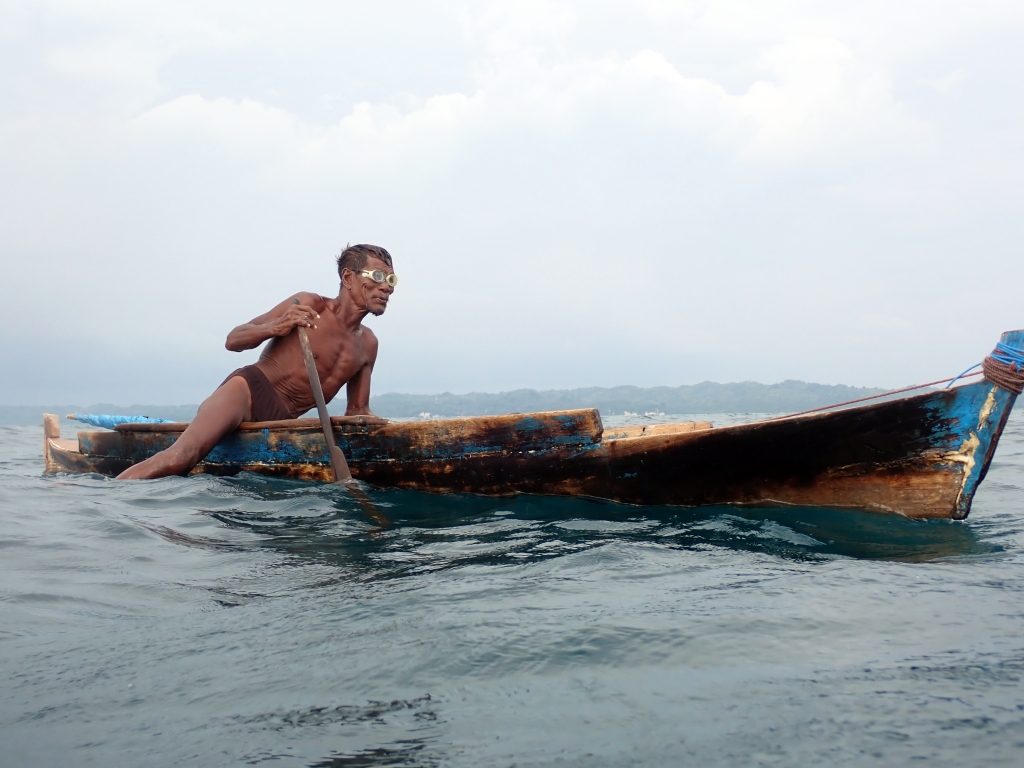
On our way back, Laharumu came paddling again, showing us a small octopus he had caught despite a long day on the sea. I felt sorry for him – here was an old Sama Bajau fisherman using no motorized vessel, paddling for miles, and luring octopuses by mimicking their behavior. This type of fishing is much less harmful than the practices used by other Sama Bajau and the larger Indonesian community. His way of living is quickly disappearing due to the rapidly deteriorating environment and accelerating ocean heat. In sharp contrast, one fisherman from the community asked if I could bring him a sonar fish finder next time I visit the village.
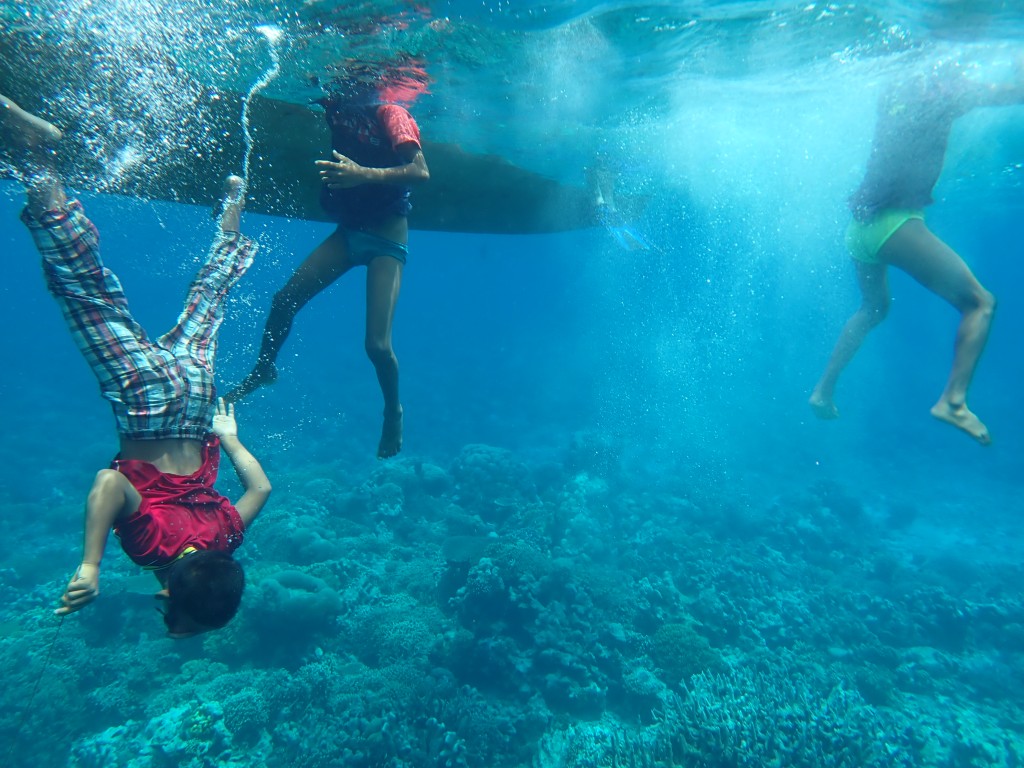
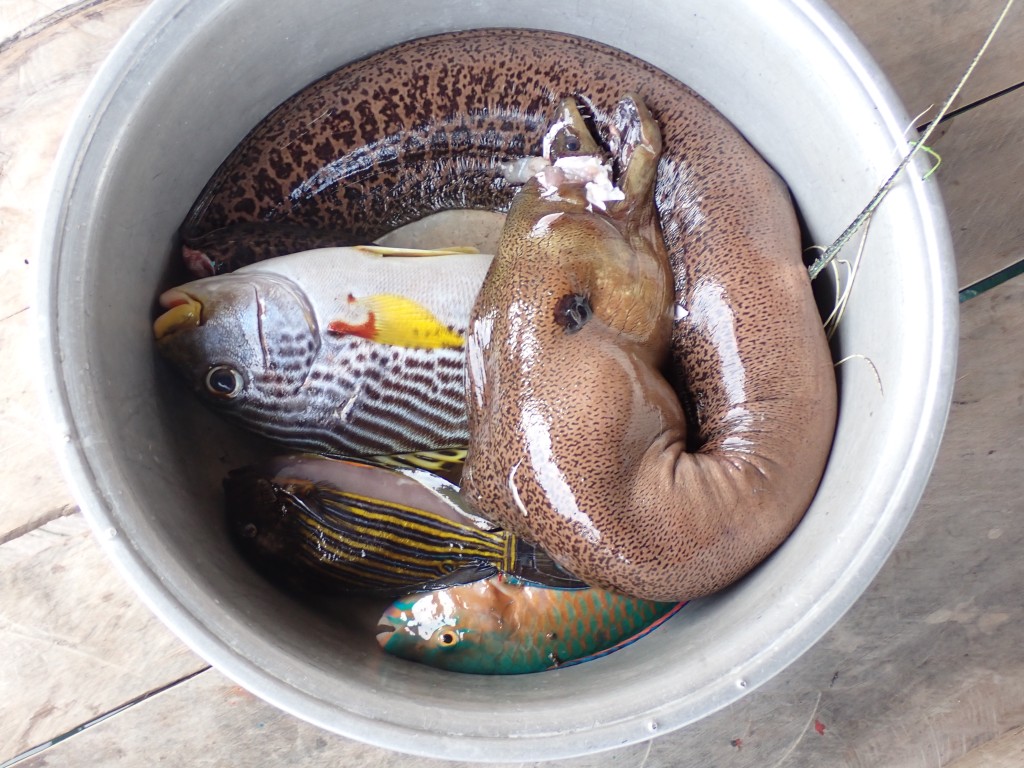
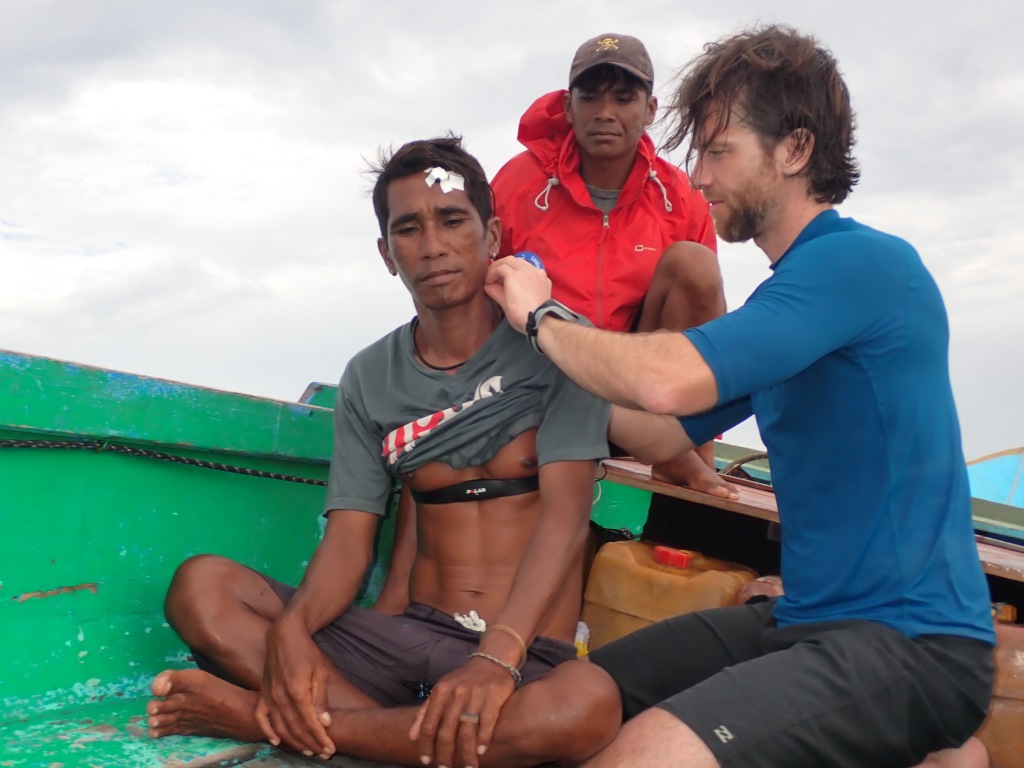
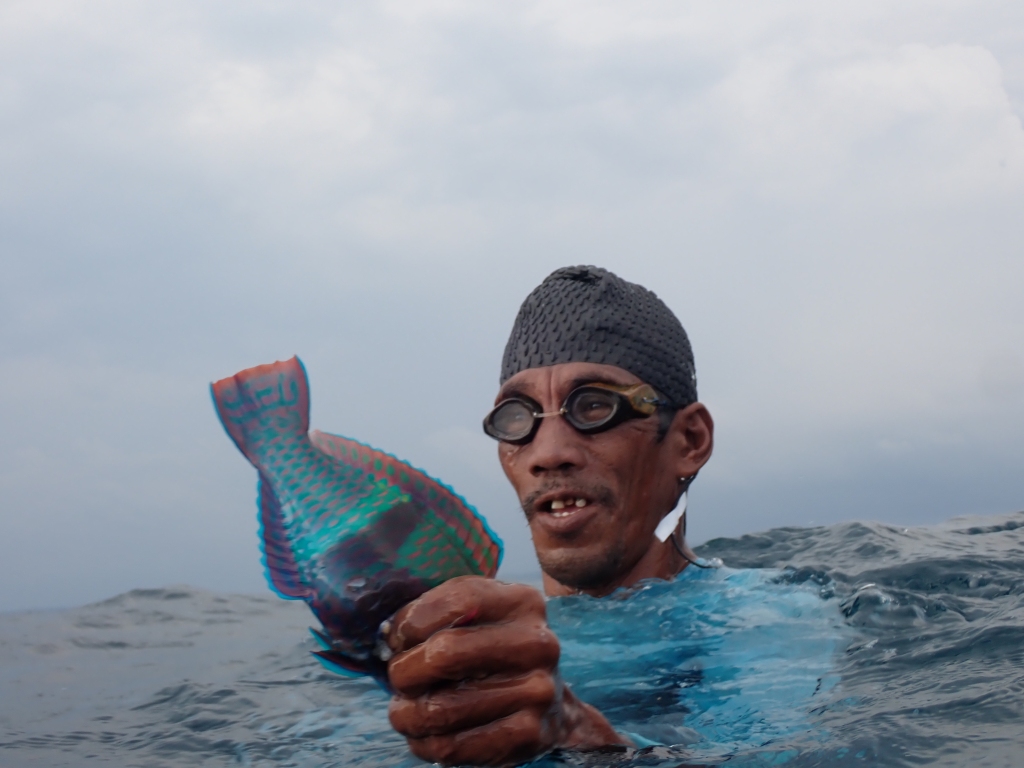

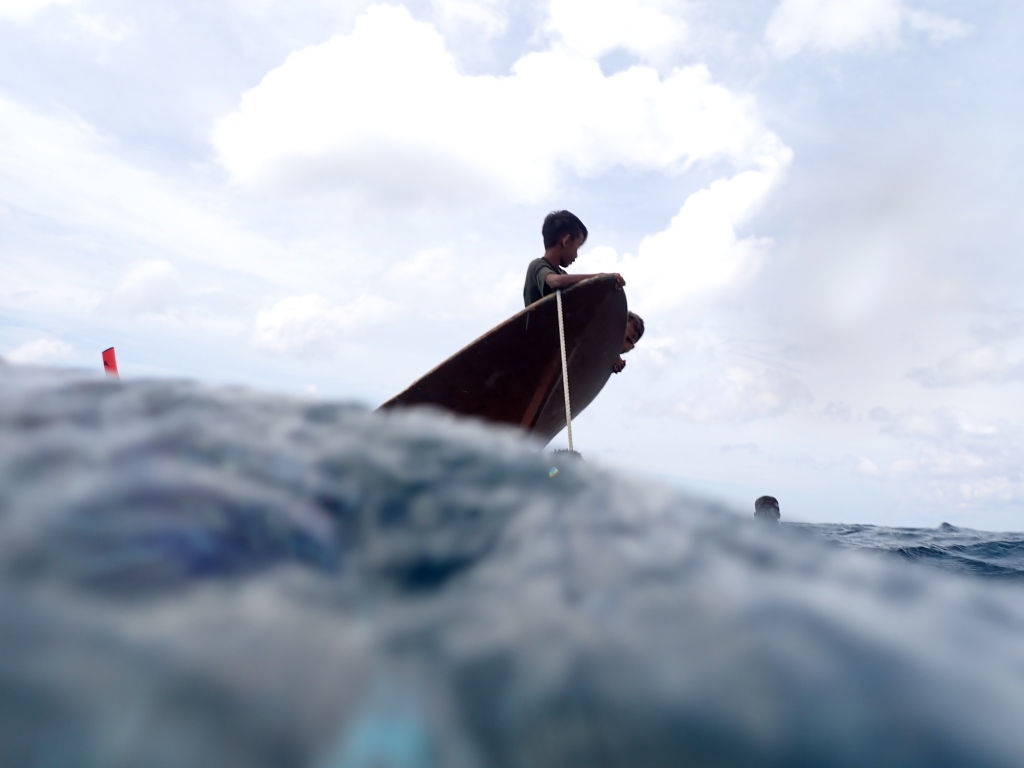
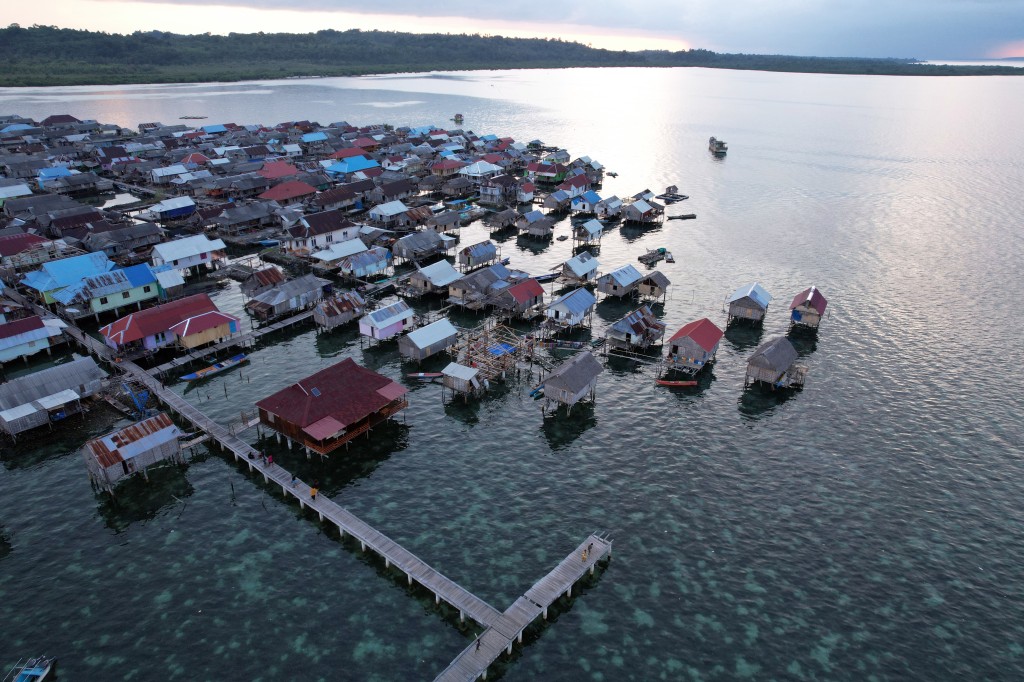
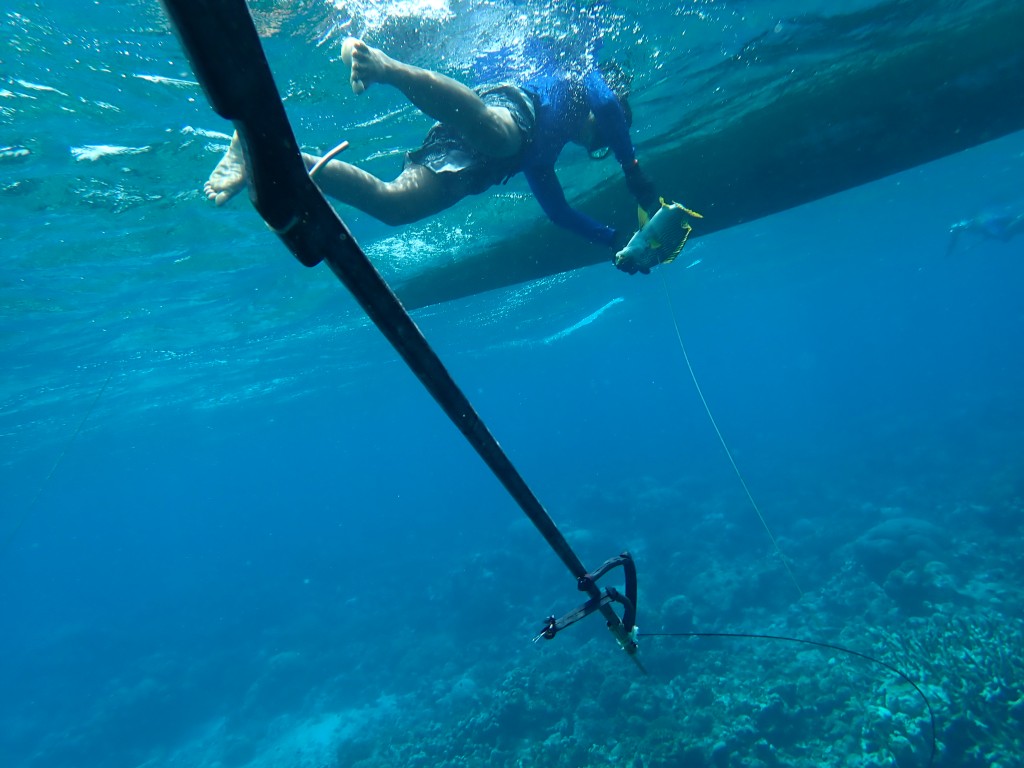

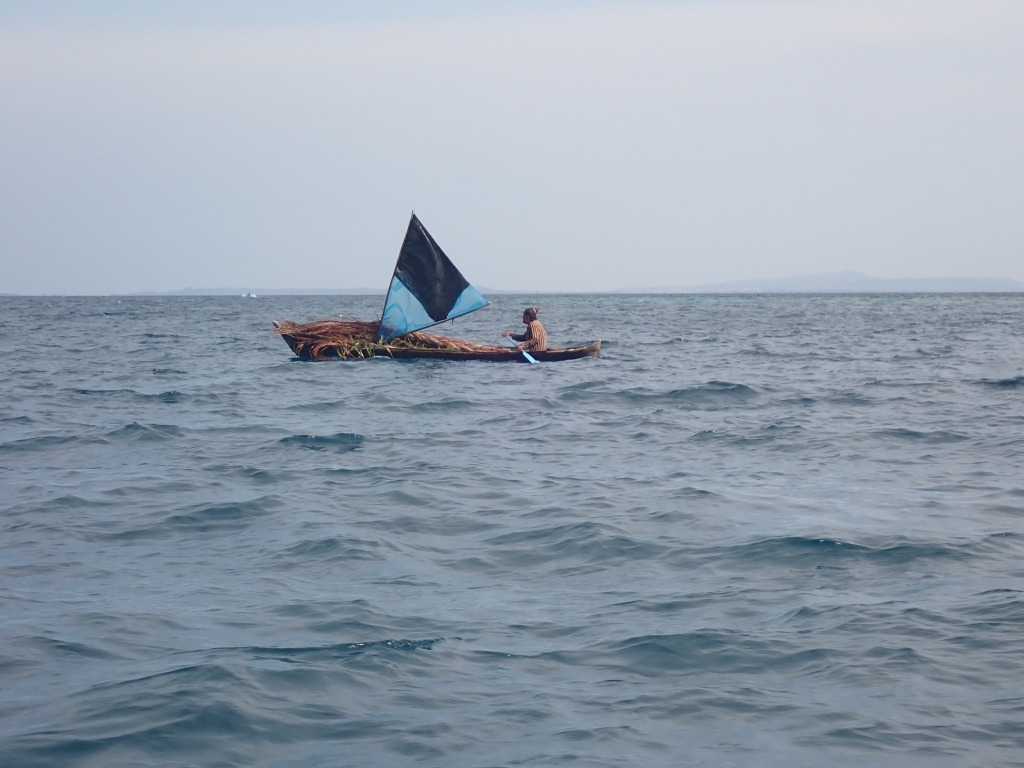




Remembering Tadi – A Speargun Fisherman Throughout His Life
Tadi, another well-known man in the community and the father of several good fishermen, both men and women, had recently passed away. Even in his late age, he sustained himself solely from speargun fishing and was well aware of marine life and potential dangers at sea.
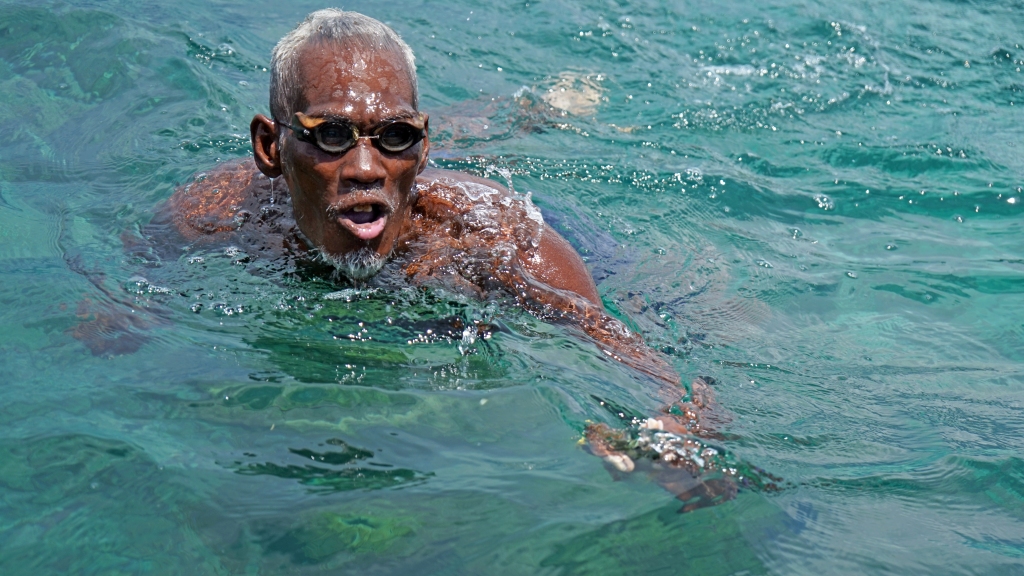
I remembered one occasion when he was sitting outside his house holding a poisonous sea snake between his fingers. “Ngei njeke” (it doesn’t bite), he said when I asked about the snake.
One day, when the fishermen were taking turns in the water wearing the pulse oximeter, Kabei, the son of Tadi, who was featured in the BBC’s production “Hunter of the South Seas” from 2015, shot fish while standing up in the boat with his speargun. First, Pondang’s son threw in bait from a parrot fish that lured fish, and when the fish came close to the surface, Kabei shot them. On one occasion, he shot two fish to the delight of the rest of us.
Sampela: A Community Under Pressure

Sampela is located inside Wakatobi National Park, which consists of four major islands where only small-scale fishing is permitted. The park also has a small core no-go zone. Even so, fish are on the decline in the area. Just outside of Kaledupa, there are extensive reefs, but large fish are becoming sparse.
This time, I could not see any sea urchins in the vicinity of Sampela which before had been in abundance – most likely because of consumption. I also saw fishermen net fishing small fish that feed on waste from the community under the stilt houses. Both these observations indicate increasingly tight living conditions in the area.
Tradition and Modernity in Sama Bajau Communities
One day, we traveled to the opposite side of Kaledupa, where another Sama Bajau community, Mantigola, is located. Compared to Sampela, Mantigola is very silent and less busy even though it is the oldest Sama Bajau community in Wakatobi. “Many people have become rich here,” Pondang explained. “Many of them have completed Haji, which only few people in Sampela have.” While walking on the bridges, we could see some wealthy buildings and very few people. The cheerful greetings that are very common in Sampela were largely absent.

In Sampela and other Sama Bajau villages, different parts of the village have distinct characters; some areas are more adapted to modern ways while others maintain traditional lifestyles. Some residents hold on to traditional beliefs, which can be described as a syncretism of Islam and animism, while others have fully embraced Islam. These differences, along with the various pressures from wider society and traditional norms, can literally be felt as one walks through Sampela.
However, there are also many people from neighboring groups who have fully assimilated into Indonesian Sama Bajau communities. For example, one participant in our diving study was a man whose parents both came from outside the village and were born non-Bajau (or “bagay” as the Indonesian Bajau call them), yet they had integrated fully into the Sama community. It is very common for Bajau to marry neighboring people and become assimilated into Sama culture, and vice versa. After a few decades, there is no visible difference between them and the “original” Sama Bajau. Genetic tests have shown that the Sama Bajau are more closely related to neighboring groups than to other Sama Bajau communities living distantly throughout Indonesia.
Vanishing Traditions
The likes of Laharumu are becoming increasingly rare. With dying oceans, unique and traditionally eco-friendly lifestyles are being lost. The Sama Bajau’s methods of fishing and their deep understanding of marine ecology, honed over generations, are invaluable. These traditional practices, which are less harmful to the environment, could be crucial in the future for sustainable fishing practices.
However, as their environment deteriorates rapidly, the knowledge and lifestyles of the Sama Bajau are also disappearing. Preserving their way of life is not just about saving a culture but also about safeguarding ecological wisdom that might be vital for the future of our oceans. If we lose the Sama Bajau and their traditional ecological knowledge, we risk forgetting valuable lessons in eco-friendly fishing methods and sustainable living.

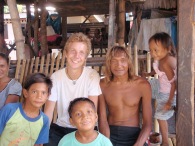





Leave a comment